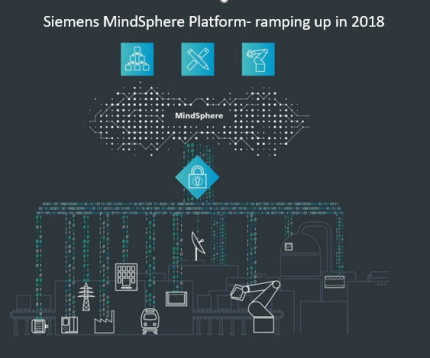 The move towards open-cloud based IoT operating systems has been significant in the past few years or so. Most major industrial companies have set about building and offering to their clients their platforms, for more open design and engineering, automation and operational work, as well as increased emphasis on maintenance and utilization.
The move towards open-cloud based IoT operating systems has been significant in the past few years or so. Most major industrial companies have set about building and offering to their clients their platforms, for more open design and engineering, automation and operational work, as well as increased emphasis on maintenance and utilization.
To power this, digitalization has changed everything. The smart factory, plant, and buildings, work alongside smart products and solutions and smart business services are all in the sights of those industrial digital platform providers. The platforms-as-a-service has become essential to many industrial organizations to exploit.
I have been following a number of these in recent years and recently began to have a more specific focus on three; GE & their Predix, Bosch through their BSI and more recently Siemens and their Mindsphere. Others beginning to appear on my radar of industrial platform providers are Dassault Systèmes, Honeywell Connected Plant, Rockwell Automation and Schneider Electrics
Getting to understand Siemens MindSphere.
I had the opportunity a couple of weeks ago to be invited to the Siemens Innovation Day. I really appreciated it The day before the main event I was included in the Industry Analysts visit to the Siemens Technology Center. We were provided a variety of insights in different presentations and demonstrations of the technology they are working upon. Mindsphere was consistent in its presence but was not as specifically focused on as I would have liked.
I put some of my thoughts down on a post “Creating the Industrial Ecosystem” about my take aways from this Siemens invite recently. I have been attempting to unravel my thinking between that that greatly impressed and the parts that still seemed to have innovation gaps to fill. MindSphere had a particular focus for me.
Since then I have made a deeper research on MindSphere. as Siemens is in some highly competitive industrial markets and the idea of one platform running across all their business.operations is tough to imagine. What I wanted to achieve was to be able to understand the differences (if any) in their platform offering. Certainly to go a little deeper than this
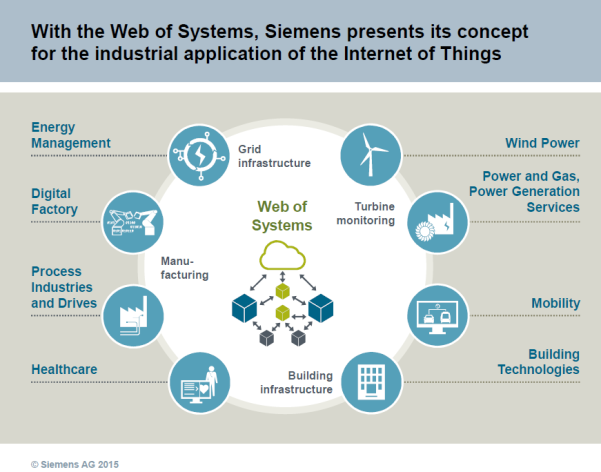
MindSphere no doubt is the core of all Siemens future digital work and although it has been present for some time I believe 2018 will be a very expansive year for Mindsphere.
As customers are constantly being confronted with greater platform choice, those making offerings that are showing substance and quality have to find some critical edges that separate themselves and draw in and build digital services up for clients. It is a competitive field and Siemens seems well placed to compete but I wanted to find out why.
I wanted to find those real competitive edges with MindSphere. I think I have found already some distinct value positioning from my research and visit These can make for a distinctly different value proposition but this is an ongoing work-in-progress that needs building further.
Stating the basics of MindSphere
MindSphere is the open operating system, cloud-based from Siemens. On this platform as a service (PaaS), applications (apps) are built, tested and used with clients to solve their specific problems. The digital services build around this develop, operate and provide services. The ability to collect data becomes key to any platform evaluation, as it is the search for the value from this data that offers an edge, to lead to better productivity, evaluation, downtime reduction. MindSphere is significantly scaling up from January 2018 as it has recently made an agreement to being hosted on AWS, the Amazon Web Services.
By moving to AWS it will provide Siemens to develop a more robust industrial IoT range of solutions in shorter timeframes for multiple customers across various industries. MindSphere has been building and learning across enterprise application for some time. It has in-house or partner structures in place that give domain knowledge and experience, adding global scalability and security and these growing capabilities can be offered increasing across the business of all sizes.
A growing open partner ecosystem is being built to support MindSphere.
MindSphere connects real physical things to the digital world and provides back a range of powerful industry applications and digital services to help support clients business success.
Siemens has been building its ecosystem of partners in application developers, in integrators and technology and infrastructure partners. This continues to grow but has Atos, AWS, Infosys, Senseye, IBM Watson, Bluvision, Omnetric along with the “usual” consulting players of PwC, Accenture, Tata, Deloitte, Capgemini, SAP. Microsoft Azure and Fujitsu, among others.
The key within Siemens has been their focus on the digital twin.
At the Innovation Event, I began to pick up on their digital twin approach. This seems different or certainly a really important part of their offerings. They look to produce the digital twin, but also a production twin and a performance twin. Each provides data-driven models to build a growing valuable knowledge base.
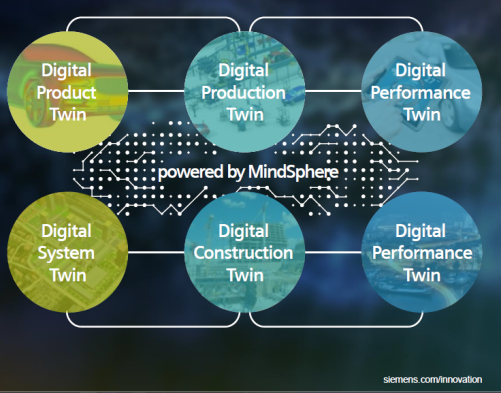
The idea of continuous understanding and improvement seems to work through this “triple” digital twin effect. A virtual product is specified and verified, it moves into virtual production for validation and commissioning and then, only then in many cases, goes into real production for the most optimum delivery and performance understanding.
They are equally working on the “fusion of simulation with machine learning”.
Here they are calibrating models, offering online simulation and capturing the user experience from fast and continuous Simulations. They are then training models via simulations, extracting insights from a multitude of sensors and their placement for data analytics and machine learning. This combination builds into a digital twin graph environment for the process, system, wear, current status and fleet behavior models, to gain more precise and in-depth insights.

It strikes me this area of simulation and multiple twin focus has a very real edge for Siemens and those customers joining their MindSphere platform.
The focus of Siemens is being placed on the whole life cycle of products and nicely shown on this slide.
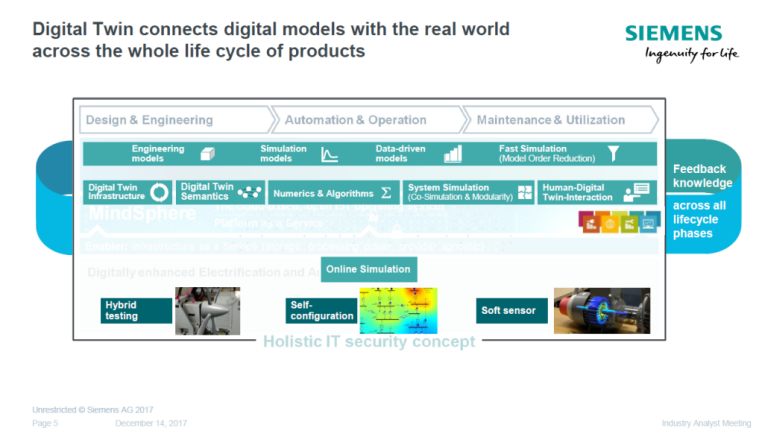
Within their data analytics and Artificial Intelligence, they have leading edges in their digitization strategy.
Siemens is creating increasingly powerful environments for perception in sensor processing, image processing, speech recognition and text processing to be combined and then turn into Cognition. Cognition for reasoning and drawing conclusions, for learning, adapting and improving and for then being more creative to generate different hypotheses and ‘what ifs’ and these lead to better decision-making. Again MindSphere is at the core of this.
The MindSphere Competitive Edge will come from their Dispersed Application Centres
Already Siemens have 20 MindSphere Application Centres around the world with around 900 software developers, data specialist, and engineers working on application solutions. This dispersing these centers closer to key customers or markets does give a closer client potential. This seems a real competitive edge.
Siemens will focus each of these application centers will focus on certain market verticals. operates across multiple verticals such as • Airports • Automotive & Electronics • Battery Technology • Buildings • Chemicals and Pharma • Cities • Distribution System Operations • Distributed Energy Systems, Food & Beverage • Healthcare Providers • Industrial Services • Machine Tool Builders • Minerals, Cement and Fiber • Mining • Oil & Gas • Power Utilities • Pumps, Fans & Compressors • Rail Mobility & Infrastructure • Road Mobility & Infrastructure • Water & Waste Water
The value of applying domain know-how in these respective vertical gives deepening experience in analyzing, relating and working with the client’s focused needs. The value of knowing of a specific problem and being able to co-collaborate on finding solutions becomes highly powerful through the end use of the application being on the platform of MindSphere. Customer proximity can become key and why I believe the Siemens strategy of opening up a range of global application centers will be a real edge over others
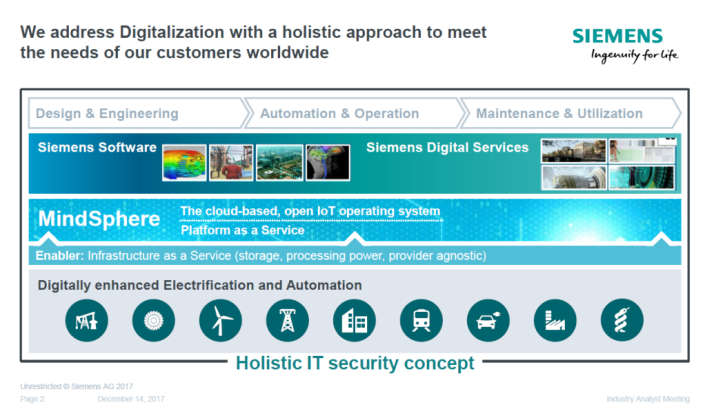
The Revenue Side of Digital for Siemens
Digital technologies in revenue for Siemens is over EUR 5.2 billion, with four billion coming from software and 1.2b from digital services. At present Siemens is growing this business by 20 percent per year but it seems to me, to be ready to scale this out in 2018 far more.
So the combination of industry knowledge to scaling up solutions through an array of digital solutions and skills Siemens seems well set to continue to grow.
The present offer to customers is to provide them with a development environment where they can learn, relate and integrate their own applications and services by drawing down on Siemens growing offering.
The MindSphere structure for clients has four parts to it:
MindAccess to develop and test applications and equally use MindSphere Applications to configure assets and store data.
MindConnect – where the software will be installed to collect, analyze and transfer data from an edge device to MindSphere.
MindApps is building product intelligence to contextualize product performance by having available a host of visualization technologies, solve problems faster and improve machine and learning experiences. Finally, you have:
MindServices where you can be trained, join the Academy, sharpen your digital skills, engage with consultants to offer insights and expertise and tap into all the security and cybersecurity that MindSphere provides in all its offerings.
Siemens offers Core Technologies that will also hold digital value
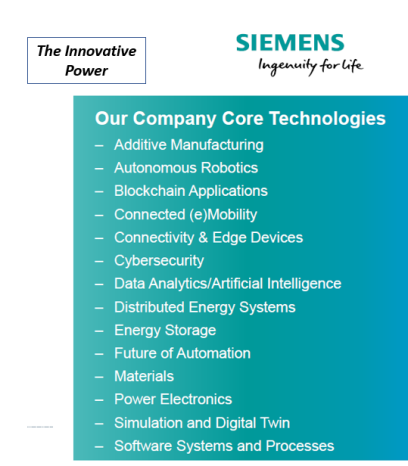
In summary
MindSphere excites me. It has made its critical scaling more to AWS that begins in January 2018 with the release of MindSphere 3.0 also due out in January 2018. It is building expertise in connectivity, strengthening its already strong partner ecosystem, it offers closed-loop innovation, advanced analytics, and machine learning.Through its approach MindSphere t is constantly, evolving, designing and developing, a set of tailored and powerful industrial applications and digital services and looks really set to really ramp up and go in 2018.
When you demonstrate domain know-how and vertical expertise and translate these from the physical expertise into the “twin” digital it gives customers growing confidence and trust. The power of MindSphere is about to be realized in its software portfolio and scale. As Siemens continue to build their data analytic capabilities and IoT integration competence this should position them well. The addition of co-location and co-creation does bring together a powerful integrated digital solution set, that those in industry, operating in the vertical that Siemens is focusing upon, will need to give real depth of evaluation to this offering. It strikes me as a powerful digital offering that cannot be ignored.
So my visit to Siemens certainly “kick-started” my “need to know and appreciate”. The past couple of weeks to explore this and build my knowledge came from this invite. I greatly appreciated the exposure to Siemens in that short and brief trip.
Comments are closed.